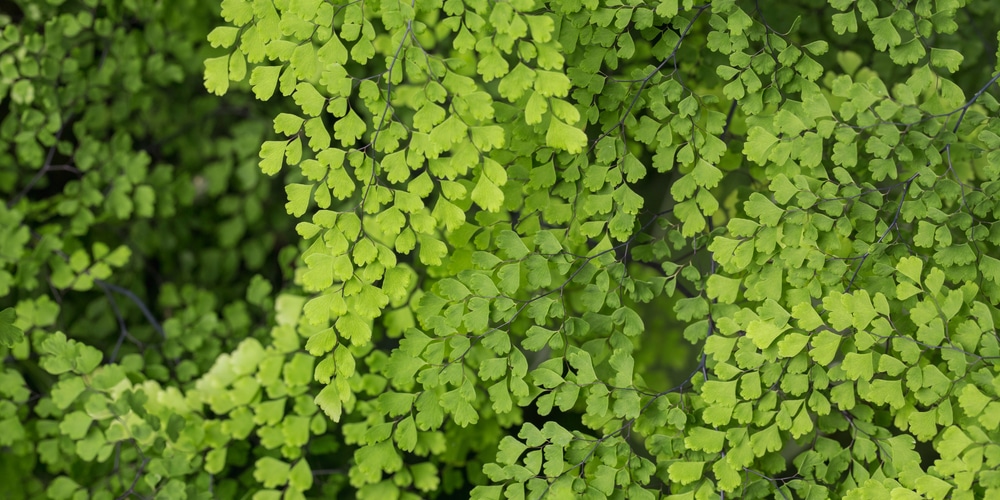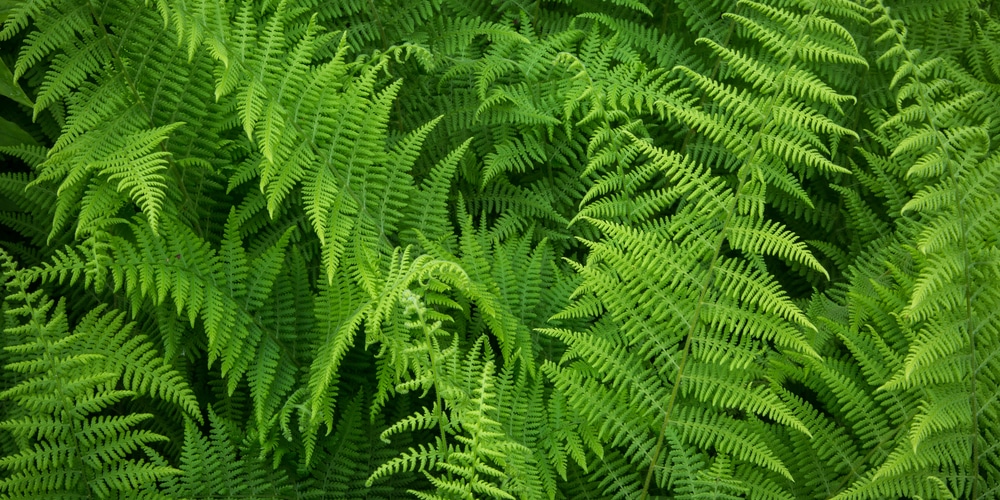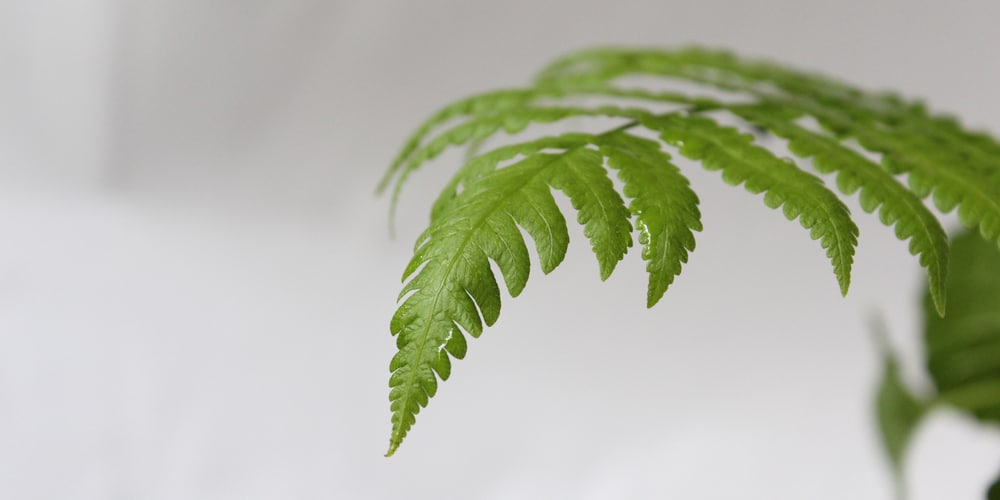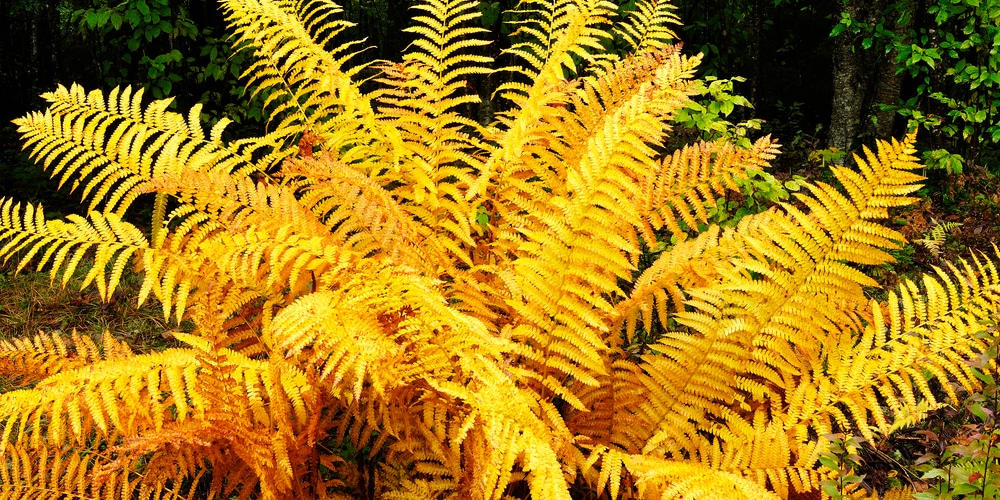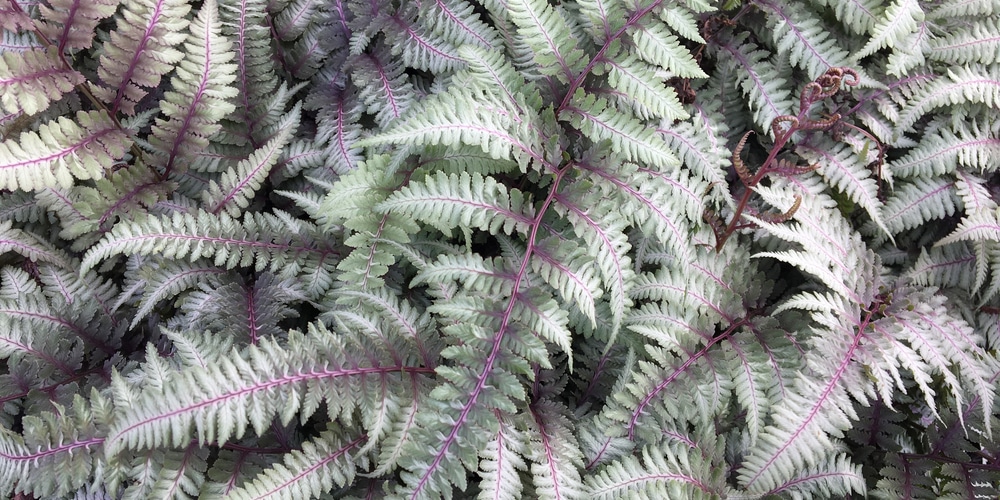Ferns are a stunning addition to any garden. While the plant’s name might trigger a definite image in your mind, there are plenty of fern varieties. Some look bright green and lush, but others display silvery foliage and elegant looks. But what ferns can you grow in hardiness zone 6? You can find out in this “Hardy Ferns Zone 6” essential guide.
Hardy Ferns Zone 6
Ferns’ leaves can be leathery, variegated, plain green, or lacy. Plus, this plant isn’t susceptible to attacks from pests or diseases: you won’t have to purchase pesticides or chemicals to keep them healthy. If you are looking for ways to make your garden more elegant, consider getting ferns.
If you can’t provide them with what they need to thrive outdoors, plant them in hanging pots around your porch or even indoors if you like the idea of making your interiors look more “jungly-like.”
A fun fact that you might enjoy telling your friends is that ferns were extremely popular during the Victorian era when members of the higher class liked to create ferneries in their gardens. They would dedicate an entire area of their yards to vast collections of various species of fern.
Today, more and more people are re-evaluating the aesthetic appeal ferns can offer to their property. These plants are relatively easy to grow and don’t require much attention. They are ideal for filling shady parts of gardens where not many other plants can thrive.
Ferns are not fussy. However, you have to provide them with moist and well-draining soil to allow them to survive.
Common Maidenhair Fern
This fern has unique-looking black stems in contrast with its light-green foliage. It looks beautiful in hanging pots, but you can also use it as a border plant inside a container.
Under optimal conditions (partial shade, moisture, and fertile soil), this type of fern will spread quickly. However, don’t forget to water it: this plant won’t survive getting dry!
Hayscented Fern
Hayscented fern is a cold-hardy plant that takes its name from the scent its leaves release. If you are familiar with the fresh smell of mowed hay, you know what we are talking about. If you don’t, don’t worry, the fragrance is pleasant and not too strong.
One of the best parts about choosing to grow this species in your garden is that it won’t need much of your help to thrive. This fern can grow in almost all soils and survive even dry conditions once established. However, it can become aggressive under optimal conditions. You may have to plant it in a container and separate it from other plants, as it might compete with them for nutrients (and win).
Broad Beech Fern
This native fern creates individual fronts that can spread quite rapidly. Its looks are attractive and elegant. However, you will have to place this plant under shade: it might die with too much sun. Also, broad beech fern is not as tolerant to low temperatures as other varieties in this guide.
If you can’t protect it during the winter, go for another type of fern instead. But if you live near a forest, where attacks from deer are not uncommon, consider adding this type of fern as a border plant: these mammals don’t like to munch on this fern’s leaves and will leave your garden alone if not too hungry.
Cinnamon Fern
Cinnamon fern can grow more than most ferns. Under optimal conditions, it will grow up to six feet in height. It needs constant moisture and partial shade to thrive.
Plus, it can add a unique texture to your garden. Indeed, cinnamon fern fronds start as furry heads that turn into chocolate spikes as they grow. As you can expect, the brown color gives this plant its name.
Japanese Painted Ferns
Japanese painted ferns are arguably the most stunning variety of this lush plant. Its fronds are silvery, but you can also find burgundy species. If you want to make your garden more elegant, consider getting this type of fern.
Despite their delicate looks, these plants are hardy and cold tolerant. Ensure you provide them with moist and fertile soil and avoid overwatering them to enjoy these plants to the fullest. Don’t worry about forgetting to water them once in a while: they are drought tolerant and will survive from drying out a bit.
Related Article: Japanese Painted Ferns Companion Plants
